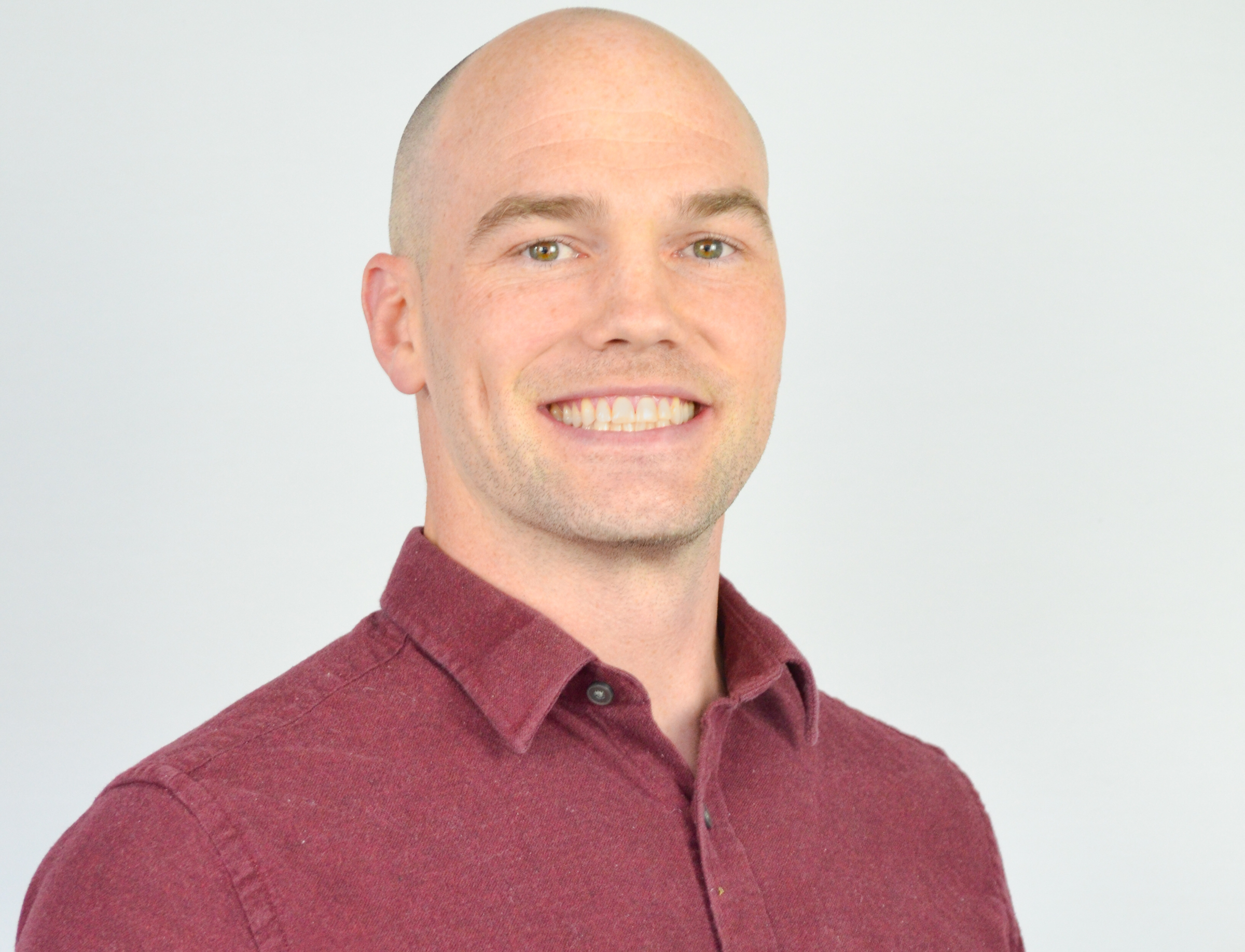Global construction and development firm Skanska USA has hired Dean Lewis as its first Director of Mass Timber & Prefabrication. Lewis, who will be based in his native Seattle, comes to Skanska with 13 years of experience in mass timber and engineering roles in Washington and California.
Lewis will be responsible for the company’s work on prefabrication and mass timber projects across the United States, furthering the scope and quality of Skanska’s mass timber builds, and consulting on business development efforts around mass timber projects.
“Dean’s hiring supports Skanska’s commitment to mass timber construction, as use of the material increases in the industry,” said Lew Guerrette, executive vice president and general manager, Skanska USA Building in Seattle. “In addition to the enhanced aesthetics, the use of mass timber helps our clients achieve their sustainability goals while reducing construction time and costs. Dean’s expertise, passion, and management experience will make him an invaluable mass timber advisor to our teams and clients.”
Before joining Skanska, Lewis was with Alphabet-funded Sidewalk Labs for two years, working on new construction technologies in the mass timber space. He has also worked for Swinerton Mass Timber (Timberlab) (2019-2021), DCI Engineers (2010-2019) and the U.S. Army Corps of Engineers (2009-2010).
During his career, Lewis has overseen multiple mass timber construction projects including office buildings, campus dorms, multi-family developments, and hotels. He has an extensive experience with design and fabrication, project management and delivery, logistics, procurement, among other aspects of the construction process. He has also been part of published research projects within the mass timber space.
Lewis graduated from Washington State University (WSU) where he earned a Bachelor of Science in Civil Engineering and a Master of Science in Structural Engineering. At WSU, he studied under Dr. J. Daniel Dolan, P.E., a premier figure in the mass timber industry, who inspired him to pursue a career in the field. Lewis is following a similar career path to his father, who worked in construction, and his grandfather, an architect.
About Skanska
Skanska uses knowledge & foresight to shape the way people live, work, and connect. More than 135 years in the making, we’re one of the world’s largest development and construction companies. We operate in select markets throughout the Nordics, Europe and the United States. Skanska in the U.S. is headquartered in New York City with 29 offices around the country. In 2022, construction in the U.S. generated $6.9 billion in revenue, and as a developer in the U.S., Skanska has invested a total of $3.5 billion in commercial and multi-family projects. Together with our customers and the collective expertise of our 6,500 teammates in the U.S. and 28,000 globally, we create innovative and sustainable solutions that support healthy living beyond our lifetime.
Related Stories
Laboratories | Jan 28, 2022
3 must-know strategies for developers in today’s life sciences industry
While the life sciences industry had been steadily growing, this growth exploded when the pandemic arrived—and there is no indication that this lightning-fast pace will slow down any time soon.
M/E/P Systems | Jan 27, 2022
Top 5 building HVAC system problems and how to fix them
When your HVAC system was new, it was designed to keep the indoor environment comfortable, functional, and safe. Over time, that system can drift out of alignment, leading to wasted resources, excessive energy consumption, and reduced occupant comfort.
Cultural Facilities | Jan 27, 2022
Growth in content providers creates new demand for soundstage facilities
Relativity Architects' Partner Tima Bell discusses how the explosion in content providers has outpaced the availability of TV and film production soundstages in North America and Europe.
Market Data | Jan 26, 2022
2022 construction forecast: Healthcare, retail, industrial sectors to lead ‘healthy rebound’ for nonresidential construction
A panel of construction industry economists forecasts 5.4 percent growth for the nonresidential building sector in 2022, and a 6.1 percent bump in 2023.
Sponsored | Steel Buildings | Jan 25, 2022
Structural Game Changer: Winning solution for curved-wall gymnasium design
Sponsored | Steel Buildings | Jan 25, 2022
Multifamily + Hospitality: Benefits of building in long-span composite floor systems
Long-span composite floor systems provide unique advantages in the construction of multi-family and hospitality facilities. This introductory course explains what composite deck is, how it works, what typical composite deck profiles look like and provides guidelines for using composite floor systems. This is a nano unit course.
Sponsored | Reconstruction & Renovation | Jan 25, 2022
Concrete buildings: Effective solutions for restorations and major repairs
Architectural concrete as we know it today was invented in the 19th century. It reached new heights in the U.S. after World War II when mid-century modernism was in vogue, following in the footsteps of a European aesthetic that expressed structure and permanent surfaces through this exposed material. Concrete was treated as a monolithic miracle, waterproof and structurally and visually versatile.
Urban Planning | Jan 25, 2022
Retooling innovation districts for medium-sized cities
This type of development isn’t just about innovation or lab space; and it’s not just universities or research institutions that are driving this change.
Sponsored | Resiliency | Jan 24, 2022
Norshield Products Fortify Critical NYC Infrastructure
New York City has two very large buildings dedicated to answering the 911 calls of its five boroughs. With more than 11 million emergency calls annually, it makes perfect sense. The second of these buildings, the Public Safety Answering Center II (PSAC II) is located on a nine-acre parcel of land in the Bronx. It’s an imposing 450,000 square-foot structure—a 240-foot-wide by 240-foot-tall cube. The gleaming aluminum cube risesthe equivalent of 24 stories from behind a grassy berm, projecting the unlikely impression that it might actually be floating. Like most visually striking structures, the building has drawn as much scorn as it has admiration.
Sponsored | Resiliency | Jan 24, 2022
Blast Hazard Mitigation: Building Openings for Greater Safety and Security

















